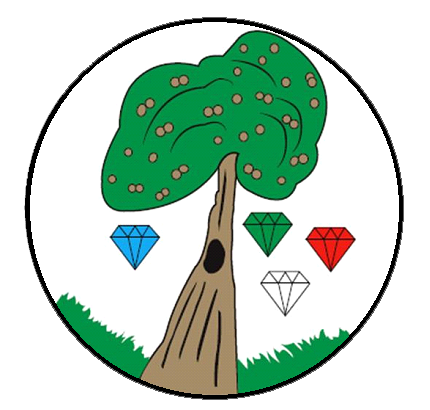Learning Hub
Writing
At the Gem Federation, we are inclusive and believe that our writing curriculum should prepare all children for the next stage of learning, whether this be to a new year group, a new key stage or when they transition into secondary school. Our curriculum is constructed to be ambitious and designed to give all learners, no matter the individual need, ability or background, the knowledge and skills they require to succeed in life; it is coherently planned and sequenced in order to fulfil this aim.
We have high expectations of all children and intend for them to leave Year 6 as confident, fluent, independent writers who not only understand the purpose and importance of writing within the wider society but that they positively engage in the process; taking pride and personal responsibility for their part in this.
We intend for our children to be able to communicate effectively through their writing across a range of fiction, non-fiction, poetry, genres and themes, including being able to write for different levels of formality, purpose and audience - this applies to all writing opportunities, including when writing across the wider curriculum where the children are expected to apply the written and spoken language skills they have acquired from the English curriculum. We intend to immerse the children in a range of quality texts and media; exposing them to a wealth of rich vocabulary and grammatical structures that enable them to be creative and risk-takers, while maintaining a critical and reflective approach.
We intend for our curriculum to be reflective of the school community and wider world; enabling our children to not only see themselves but to develop culturally, emotionally, socially and spiritually.
Early Years
In Early Years, children begin systematic phonics teaching; they identify sounds in the environment, begin to stretch out words and identify the different sounds that make up words. Children recognise that sounds link to graphemes, and begin mark-making, building up to forming letters, writing their own name, and in reception, joining these letter strings to make words, then constructing sentences.
Reading and sharing stories plays a fundamental role in supporting children's language development. Children are encouraged to join in with familiar stories, and orally retelling stories with each other and as a class.
Throughout the learning environment, there are role play areas and activities that encourage talk, and provide places to make marks and form letters in a range of materials, such as sand and paint. They can write their own ideas during their play in structured activities. Adults create opportunities that encourage language development: growing their vocabulary, giving them models for talk, and leading into writing.
Year One
In year one, children begin to construct short narratives, focussing on a familiar text. To prepare to write, children will chorally retell familiar stories with their class, and orally rehearse their own ideas for writing, using story maps and pictorial representations to help them sequences the main events. They continue to focus on correct letter formation, using finger spaces and they begin to extend their punctuation use to include question marks and exclamation marks, as well as full stops and capital letters. Children continue to use phonics to support spelling.
Year Two
In year two, children continue to grow as writers, extending to writing more developed narratives and writing about real events. They continue to develop their use of correct tenses, learning spelling rules to change between past and present tense verbs. They become more accurate with their use of sentence punctuation, including when to use question marks and exclamation marks. Children start to use a wider range of conjunctions, like 'because', 'when', 'or' and 'but' to create more detailed sentences, and using adjectives more confidently to describe.
Year Three
In year three, children begin to develop their writing across a wider range of text types, writing for real purposes and audiences. They write in more detail about settings and characters, and develop their plot in narratives. They begin to use speech within narrative, using inverted commas based on modelled writing. Children introduce adverbs to their writing and begin to use prepositions.
Year Four
In year four, children have an increasing awareness of the correct language and form required for different fiction and non-fiction text types. They can create their own characters, setting and plot for narratives, and employ the conventions of speech with greater accuracy. Writing for a range of purposes, children demonstrate a greater awareness of grammar features, such as: prepositions, fronted adverbials and conjunctions. They maintain the use of joined handwriting throughout independent writing, and continue to learn rules for spelling words with a variety of prefixes and suffixes.
Year Five
In year five, children continue to write for a range of purposes and audiences, showing a greater awareness of the reader. Children learn to make choices about grammar and vocabulary to use within their writing, and to select appropriate layout features for the text type. Children show greater confidence in selecting adverbials, prepositions and conjunctions to build cohesion within and between paragraphs. In narratives, children consider the balance between dialogue and action, and how dialogue can be used to move a story along.
Year Six
In year 6, children learn to confidently write for a range of purposes and audiences, including a focus on formal and informal writing features. They broaden their vocabulary through shared class texts, exploring how writers develop characters and plots, make decisions about vocabulary and grammar within their texts, and how different layout features are employed for different text types. They incorporate these ideas into their own writing. Children secure the correct use of the full range of punctuation, including the use of brackets and dashes for parenthesis, and colons and semi-colons.
